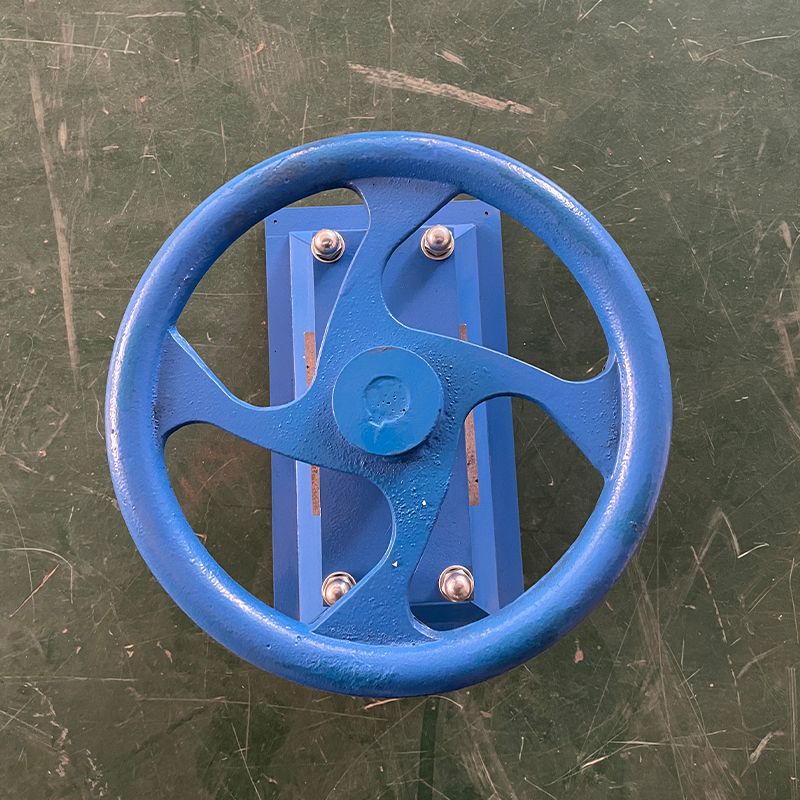Cable Temperature Resistance Evaluation for Hot Set Testing Procedures and Standards
Cable Hot Set Testing Ensuring Reliability in Cable Performance
In the modern era, where electrical systems power lives and industries across the globe, ensuring the reliability of electrical cables is of paramount importance. One essential method for evaluating the performance of these cables is known as cable hot set testing. This process plays a critical role in the manufacturing and quality assurance of cables used in various applications, from household wiring to complex industrial systems.
Cable hot set testing refers to a procedure that assesses the thermal and mechanical properties of cables when subjected to elevated temperatures for a specified duration. This method helps in understanding how cables will perform under operational stresses and extreme conditions. It is particularly important for materials that are expected to endure high thermal environments, such as those found in electrical installations in power plants, chemical processing facilities, and telecommunications.
The primary objective of hot set testing is to determine a cable's ability to maintain its structural integrity and electrical performance when exposed to high temperatures. During the test, a cable sample is heated to a predetermined temperature, usually above its normal operating conditions. The length of the sample is then measured before and after exposure to heat. Any elongation or deformation is assessed, allowing engineers to evaluate the material’s thermal stability and resistance to softening or degradation.
One of the key benefits of cable hot set testing is its role in the identification of potential failure points
. For instance, materials that do not hold up well under heat may experience issues such as excess elongation, which can lead to mechanical failures or electrical hazards, including short circuits or fires. By simulating real-world conditions, manufacturers can identify these weaknesses during the development stage, thereby ensuring that only high-quality products reach the market.cable hot set testing

Furthermore, adherence to international standards is vital in hot set testing. Various organizations, including the International Electrotechnical Commission (IEC) and the American Society for Testing and Materials (ASTM), have established guidelines for conducting these tests. Compliance with these standards not only helps manufacturers verify the reliability of their products but also ensures that consumers are protected by high safety standards.
In addition to enhancing the safety and reliability of electrical systems, hot set testing also contributes to overall cost efficiency. By identifying potential failures early in the manufacturing process, companies can reduce the risk of product recalls, liability claims, and damage to their reputation. Moreover, reliable cables lead to fewer outages and maintenance expenses in the long run, benefiting both consumers and utility providers.
As industries continue to evolve and the demand for reliable electrical infrastructure grows, the importance of cable hot set testing will only increase. The ongoing development of new materials and innovative manufacturing techniques necessitates continuous testing and evaluation to ensure that these products can withstand the rigors of real-world applications.
In conclusion, cable hot set testing is an essential quality assurance process that safeguards the integrity and reliability of electrical cables. By simulating the thermal stresses that cables may encounter in operational environments, manufacturers can ensure that their products are not only safe but also efficient. As technological advancements continue to shape the electrical sector, hot set testing remains a crucial tool in the quest for durable and dependable cable solutions.
-
The Role of Tensile Force Testers in Quality Control and Material Science
NewsAug.01,2025
-
Maintenance and Safety Tips for Aging Ovens
NewsAug.01,2025
-
Density Balance in Forensic Science
NewsAug.01,2025
-
Advanced Optical Measurement Technologies
NewsAug.01,2025
-
A Buyer’s Guide to Tensile Test Machines
NewsAug.01,2025
-
Why the Conductor Resistance Constant Temperature Measurement Machine Redefines Precision
NewsJun.20,2025
 Copyright © 2025 Hebei Fangyuan Instrument & Equipment Co.,Ltd. All Rights Reserved. Sitemap | Privacy Policy
Copyright © 2025 Hebei Fangyuan Instrument & Equipment Co.,Ltd. All Rights Reserved. Sitemap | Privacy Policy

